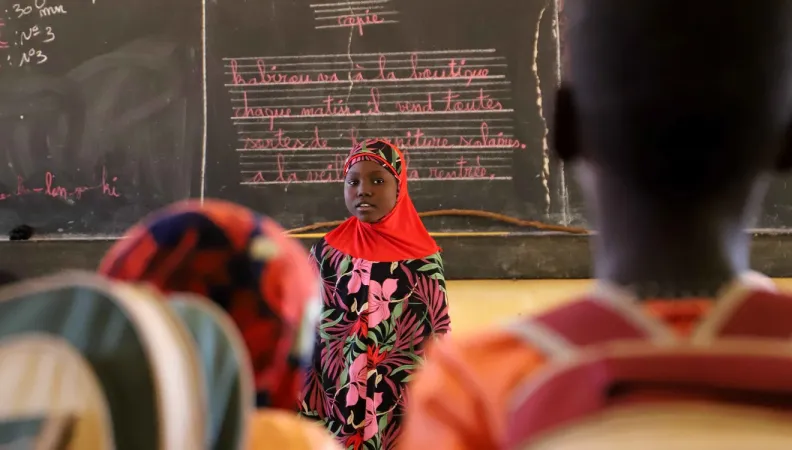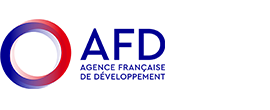Share the page
Partnering for Niger’s Development: Common Funds for Greater Outcomes
Published on

Niger has stood out from other West African countries in recent years, by involving a wide range of technical and financial partners in its development policies. Among the innovative tools used by the country: “common funds,” to capitalize on development partnerships.
Niger sits in the heart of the Sahel and has a population of nearly 22 million people. The country is afflicted by large-scale poverty, numerous and reoccurring crises (food, health, security, and climate crises), and high rate of population growth.
Despite all these difficulties, Niger is pursuing its development trajectory with the help of the international community. The Nigerien authorities are promoting “common funds” – multi-donor funds, which back public policy and the development projects that are being planned for the years to come.
Whether they be budgetary or extra-budgetary, the common funds in Niger have the advantage of uniting national stakeholders and technical and financial partners together on a single objective of supporting public policies, as well as gradually aligning as much as possible on the national procedures under Nigerien leadership.
Niger seeks to enact public policies and developmental programs, and to reach an agreement with its technical and financial partners who provide backing with coordinated funding. Such sector-based common funds already exist in several West African countries, but Niger stands out both for the number of common funds it uses.
Three operational funds
Three common funds are currently operational in Niger: the common health sector fund, the common hydraulics fund, and the common education sector fund. Two others are in the pipeline: one to support implementation of the national irrigation program and the other on the emergency-development nexus.
Created in 2006 by AFD and the World Bank, the common health sector fund currently has five multilateral and bilateral members (UNICEF, Aecid, the Netherlands, AFD, and soon Italy). Donors disburse an average of €10 million to help implement the Ministry of Public Health’s annual activity plans.
Read also: Niger’s Common Health Sector Fund, Evaluated by AFD
The common education sector fund has been operational since 2018. It currently has eight partners including AFD, which is its coordinator. Funded to the tune of €22 million each year, this fund is enshrined in the Finance Act and aligned with national spending and procurement procedures. It supports Niger’s reform implementation and encourages stakeholders to assume ownership of the national procedures, including for budget and sectorial planning. This promotes greater leadership by the national stakeholder in implementing external public policy and financing orientations.
Challenges and commitments
Common funds face several challenges in achieving the following:
- Ownership of the mechanisms and stakeholder capacity at the devolved or decentralized levels
- Dealing effectively with fiduciary risks and poor operational performance
- Accountability for concrete achievements as well as for long-term effects and change
- Dialogue and coordination with the national stakeholder as well as among the donors, which can sometimes have different agendas
Despite these challenges and the occasional fear among some donors and countries of losing visibility by working as a group, an increasing number of multilateral technical and financial partners are becoming involved in common funds. In doing so, they hope to amplify impact and improve aid effectiveness, as called for in the Paris Declaration.
By giving priority to this aligned approach, Niger is a model for an increasing number of countries. In February 2023, a Guinean delegation made a study trip to Niamey to better understand the common education sector fund with an eye to assessing the possibility for such a fund in its country.
